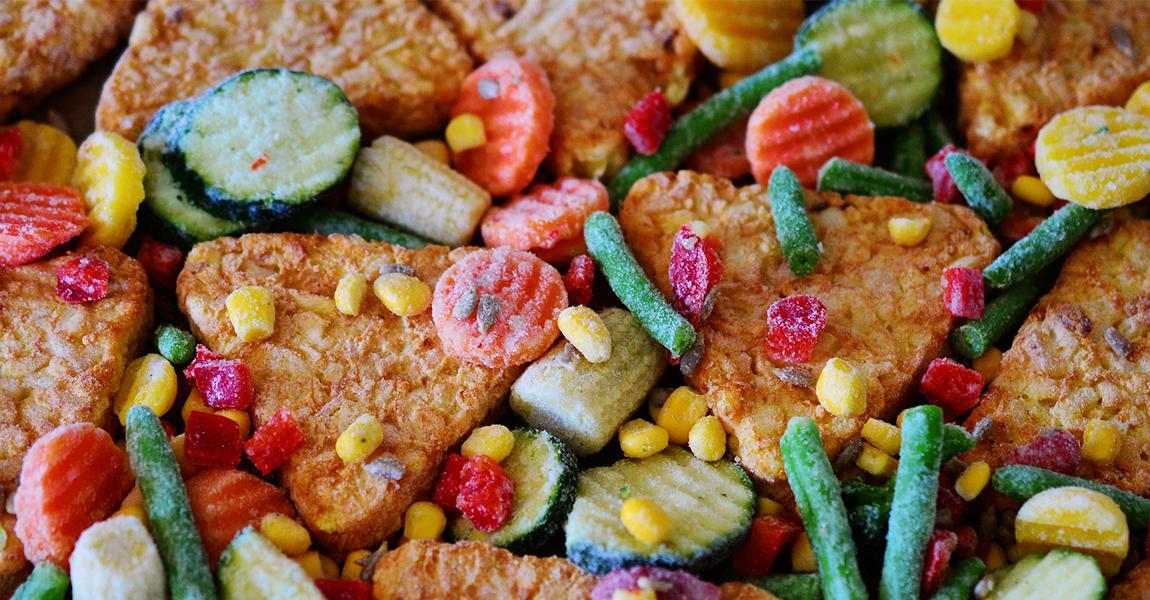When we think of the freezing process, we think of it as a tedious, time-consuming process where we wait for the product to become frozen.
However, when it comes to freezing in a large capacity, blast freezing is used. Blast freezers or shock freezers work by rapidly bringing down the temperature of foodstuffs or fresh produce. They are commonly used in the foodservice and frozen food industries. To constitute as blast freezing, the food temperature must be reduced from of +70ºC to –18ºC in no more than 240 minutes.
For this to be possible, cold air is pushed at high velocity across a food product to freeze the product as quickly as possible. It can come as a single-load freezer or as a tunnel freezer.

So what's the big deal about fast freezing times? It just works faster than the freezers we have at home.
Let's start with the economics of quality. When it comes to high quality food such as Norwegian salmon, Alaskan king crab and Chilean cod fish, blast freezing enables the products to be pushed into high price markets. This is because by using blast freezing technology, frozen food producers are able to preserve as much of the freshness as possible. In doing so, customers know that will get the very best quality and thus, willing to pay for it.
In a blast freezer, the very rapid freezing creates small ice crystals which in turn cause less damage to the food. With conventional freezing, large ice crystals are formed and there are higher chances that it can rupture cells.
From a food safety perspective, meat, fish and poultry can all harbor considerable amounts of bacteria. If these were left in unsuitable
conditions, the bacteria can multiply very quickly in just a few days. But with the correct freezing method, bacteria cannot develop and you can ensure that it is safe for consumers to consume.
This also translates to a longer shelf life. Where standard frozen products can be stored up to three months, blast freezers can store it for three months and up to 18 months. When this is applied in the kitchen, very large batches of leftovers can be stored, consequently increasing the chef's cooking options and help reduce food wastage.
Will the results of blast freezing be something like freeze-drying? No, not at all.

On the surface, both involves freezing the product. But dig a little deeper and that's when they become two entirely different processes. After freezing, the pressure is lowered and ice is removed by sublimation where it turns straight from ice into vapor.
By contrast, blast freezing still leaves the product with some water content within but in the form of ice crystals. At the same time, you may notice that some products such as souffles, pasta and fruit extracts sport an ice skin on the surface. This layer helps prevent damage to the physical appearance and dehydration.
When you think of freeze-drying, think of the instant coffee we all have at home. One of the biggest advantages of freeze-drying is that it maintains the original shape of the product and the quality of the rehydrated product is excellent.



